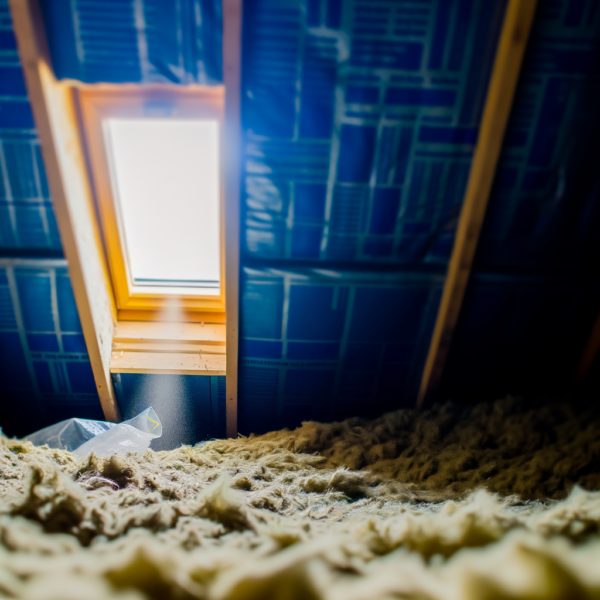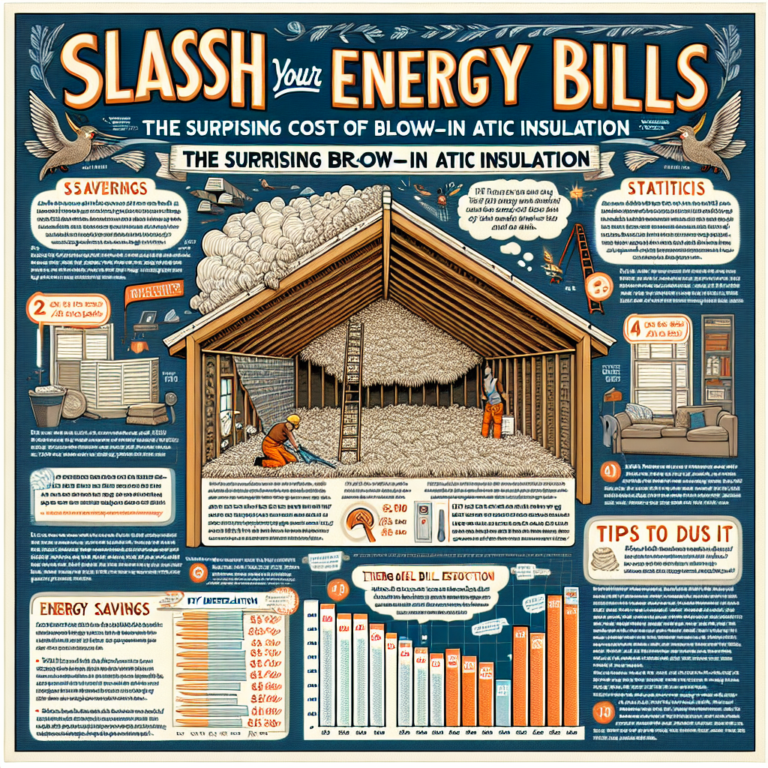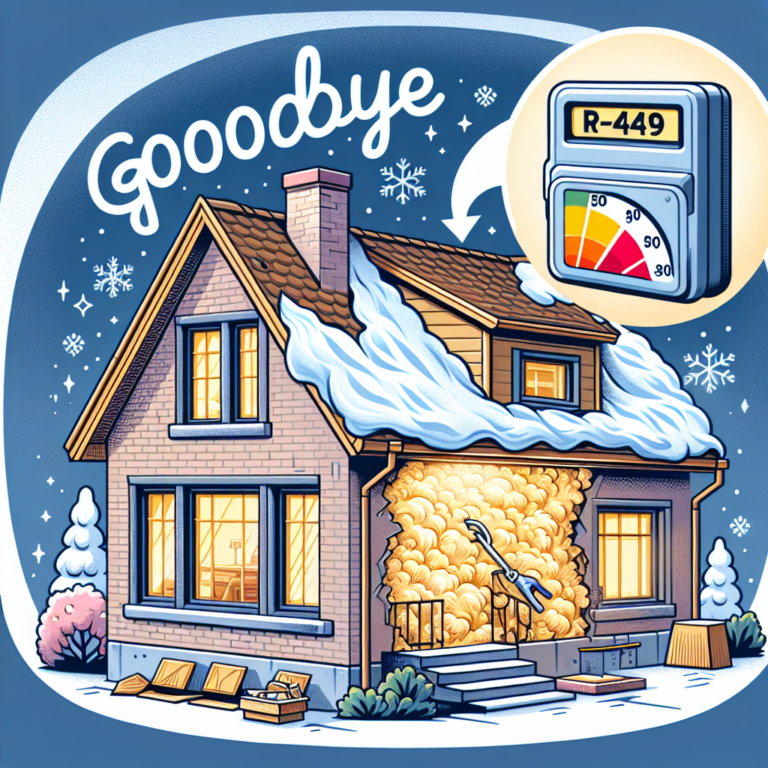Slash Your Energy Bills with Our Affordable Blown In Insulation Cost Estimate!
Table of Contents
1. Introduction
2. The Benefits of Blown In Insulation: A Cost-Effective Home Upgrade
3. How to Get an Accurate Blown In Insulation Cost Estimate for Your Project
4. Maximizing Savings with Cheap Blown In Insulation: Tips and Tricks for Homeowners
5. Q&A: Blown In Insulation Cost Estimate
6. Conclusion
Introduction
If you’re looking to lower your energy bills and boost indoor comfort, cheap blown in insulation offers a powerful solution. This loose-fill insulation, made from recycled fiberglass, cellulose, or mineral wool, is installed quickly by specialized equipment that blows the material into attics, walls, and other cavities. Not only does blown in insulation pay for itself through reduced heating and cooling costs, but it also seals air leaks, dampens noise, and keeps your home cozy year-round. In this guide, we’ll explain why blown in insulation is a cost-effective upgrade, how to get an accurate blown in insulation cost estimate, and share tips for maximizing your savings.
H2: The Benefits of Blown In Insulation: A Cost-Effective Home Upgrade
• Superior Energy Savings: Properly installed blown in insulation can cut heating and cooling costs by up to 30%. Its small particles fill every gap, creating an airtight barrier that prevents warm or cool air from escaping.
• Fast, Non-Disruptive Installation: Unlike batt or spray foam, the blown-in method is both quick and inexpensive. Installers can add high-performance insulation to an entire attic or tight wall cavities in just a few hours, minimizing labor costs.
• Environmental Friendliness: Most blown in insulation products use recycled materials—cellulose often derives from newspaper, while fiberglass and mineral wool frequently contain post-consumer glass. This makes it a greener choice compared to foam boards.
• Versatility and Accessibility: Blown in insulation adapts to sloped attic joists, around pipes and wiring, and into irregular spaces where roll-out insulation can’t reach. It’s ideal for both new construction and retrofit projects.
• Noise Reduction and Comfort: The dense fill helps dampen external noise, creating a quieter home. Its thermal performance also delivers consistent temperatures, eliminating cold spots and drafts.
• Long-Lasting Performance: Unlike some insulations that settle or compress over time, quality blown in insulation retains its R-value for decades. You won’t need costly top-ups or replacements every few years.
H2: How to Get an Accurate Blown In Insulation Cost Estimate for Your Project
Getting the right blown in insulation cost estimate ensures you stay within budget and choose the right material. Follow these steps:
1. Measure Your Space: Calculate the square footage and desired R-value for your attic, walls, or floors. For attics, aim for R-38 to R-60 in colder climates.
2. Compare Insulation Materials: Fiberglass is the most economical, cellulose offers excellent eco-credentials, and mineral wool provides superior fire resistance. Prices vary by region, so research local suppliers.
3. Request Multiple Quotes: Contact at least three reputable contractors. Provide clear details on the area size, existing insulation (if any), and material preference. A thorough bid should break down material, labor, cleanup, and any additional services.
4. Review the Estimate Breakdown: Avoid lump-sum quotes. Instead, insist on line-item pricing—this transparency helps you spot hidden fees and compare costs fairly.
5. Factor in Equipment Rental or Disposal Fees: Some contractors may include blower machine rental or old insulation disposal. Confirm what’s covered to avoid surprises.
6. Build in a Contingency: Allow a 10–15% cushion for unforeseen repairs, like damaged decking or uneven joists that require reinforcement before insulation can be installed.
H2: Maximizing Savings with Cheap Blown In Insulation: Tips and Tricks for Homeowners
• Do Pre-Installation Air Sealing: Seal drafty gaps around light fixtures, attic hatches, plumbing stacks, and ductwork before blowing in insulation. This small investment boosts overall performance.
• Leverage Rebates and Incentives: Many utility companies and government programs offer rebates for energy-efficient insulation upgrades. Check local offerings to reduce out-of-pocket costs.
• Layer for Higher R-Value: If your attic already has some insulation, add a fresh layer of blown in insulation on top rather than removing the old material. This technique increases R-value while saving on removal fees.
• Opt for Mid-Season Installation: Scheduling your project in spring or fall can secure better contractor rates, as demand is lower than in peak summer or winter.
• DIY Where Safe: If you’re handy and the space is easily accessible, you can rent a blower machine and install DIY blown in insulation. Always follow safety guidelines—wear protective gear and consult manufacturer instructions.
• Maintain Your Insulation: Check annually for settling or moisture damage. Fluff compressed areas and replace any wet insulation promptly to maintain peak performance.
H2: Q&A: Blown In Insulation Cost Estimate
1) How much does a blown in insulation cost estimate typically run?
Expect to pay between $1,500 and $3,000 for a standard 1,000–1,500 sq. ft. attic, depending on material and regional labor rates.
2) Can I lower material costs by buying insulation myself?
Yes—purchasing insulation directly can save 10–20% on material costs. Ask your contractor if they offer a discount for owner-supplied materials.
3) Will blown in insulation pay for itself?
In most climates, energy savings can offset installation costs within 3–5 years. After that, you’ll enjoy ongoing lower utility bills.
Conclusion
An affordable blown in insulation cost estimate is your first step toward slashing energy bills and boosting home comfort. By understanding the benefits, comparing quotes, and following our money-saving tips, you’ll achieve a high-performance, eco-friendly insulation upgrade without breaking the bank. Get started today with an accurate blown in insulation cost estimate and enjoy the rewards of a well-insulated home for years to come.












